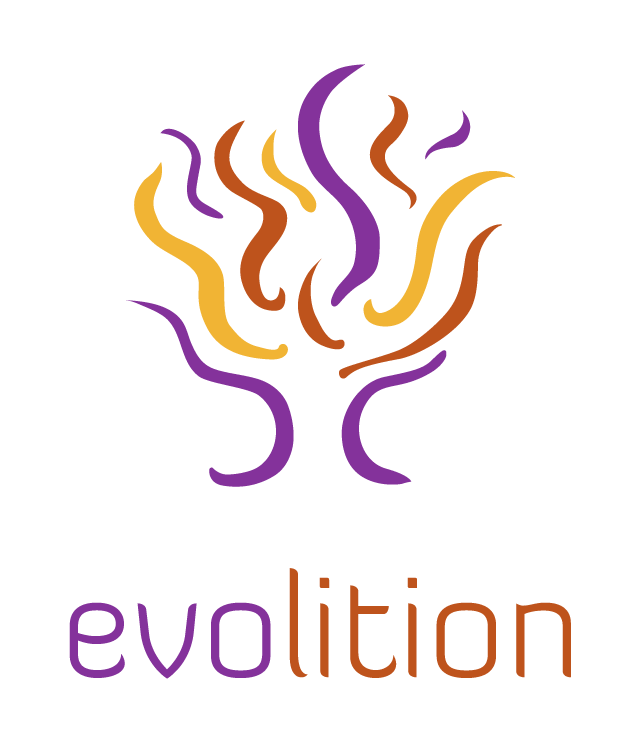I receive a weekly newsletter from HumanOS, an app that provides healthy lifestyle advice that is rooted in current research. I’ve subscribed to a number of such mailing lists over the years, and almost always unsubscribe after a month or two because I’m not learning much, but not this one. There’s always something interesting in there.
Their most recent podcast hit me, as they say, right in the feels. Or, more specifically, right in my practice. The information provided is so germane to the classes that I teach that I want everyone I work with to listen to it.
The podcast is an interview between sleep researcher and HumanOS CEO Dan Paardi, MS and molecular musculoskeletal researcher Keith Baar, PhD. The main topic is the effects of muscle mass on aging and aging on muscle mass. However, these researches cover a much wider range of subjects, including supporting your connective tissue (fascia, tendon, ligament, spinal discs), ketogenic diets and muscle mass, and the efficacy of hormone and nutrient supplementation for supporting your muscle mass.
Some points that touched me:
- The number one correlate with longevity is strength. Why? Because strength increases your rate of survival of certain diseases. For example, the strongest third of adults over 50 are ¼ as likely to die from cancer as weaker ⅔. Moreover, if at age 50 you are in the strongest third of adults, you are 2.5 times more likely to live to 100.
- While having good muscle mass is important, more muscle mass doesn’t necessarily mean more strength. Strength is partially determined by how well your body synthesizes and repairs damaged muscle fibers—and the efficacy of this process for both muscle fibers and connective tissue diminishes as we age.
- Cortisol increases the rate of muscle fiber breakdown. This effect is stronger in women than men because testosterone provides a protective effect against muscle breakdown. I read this a yet another reason why stress management is especially important for women in supporting our health.
- Bodyweight exercise to failure is as effective as resistance training for health and longevity purposes.
- Heavy weight lifting increases the amount of human growth hormone (HGH) in your system—even more so than supplementing HGH by injection. Among the benefits of HGH is improved collagen synthesis, which supports not only youthful looking skin and hair, but also the function of our connective tissues as well.
- Our connective tissues, including tendons, ligaments, and spinal discs, have poor (if any) blood flow. Unlike our skin and muscles, which get nutrients directly from our blood, connective tissue gets nutrients from a process I learned in Yoga as the “squeeze and soak.” As connective tissues are stretched and flexed, they are flushed of old, nutrient-poor fluids. When they relax, they absorb new fluids and nutrients. Because of this, it is helpful to have the nutrients connective tissues need (like collagen and vitamin C) available in the body when you are exercising.
Specific Recommendations, i.e. things you can do right now to improve your health:
- You’ve heard me say it a million times, and now here’s another reason why: Lift. Weights. Slowly! Slower movement helps to diminish the inflammation and damage that occurs between muscle fibers when moving. This is especially important as we age because more inflammatory damage occurs between muscle fibers the older we get.
- Dr. Baar recommends cardiovascular endurance exercise 6 days per week—but this doesn’t mean that you need to run hard every day. To maintain mitochondrial function, you only need to be working at 40% of your maximum intensity. That’s a long walk for most of us! (But don’t forget, maintaining that heart rate at 60-80% of max has even greater benefits . . . and HIIT training even more.)
- Supplemental collagen 30-60 minutes before a workout + slow, heavy weight lifting = diminished tendon stiffness as we age.
- To support muscle mass development, eat protein soon after a workout (ideally within 30 minutes). While collagen is best taken prior to a workout because of the way connective tissues absorb nutrients, leucine-rich protein (which supports muscle mass) is best delivered via the bloodstream to the muscles as they are repairing.
Really, go listen to the whole thing. And then change some THING, make one step toward a healthier you.
Warmly, Tiffany
